Wi-Fi has become an essential part of modern life, but very few of us actually have a sense of how we got to where we are today. We tend to take for granted the rounds and rounds of advancements that brought us to a place with near-limitless wireless capabilities.
All of this while the security and standardization that we expect from our wireless networks go under the radar for the most part. Here we’re talking about wireless standards – the services and protocols that dictate exactly how our Wi-Fi services should act. It’s only when you understand how these have evolved, that you get a sense of how far we’ve come.
In this article, we’re going to try and shine some light on the wireless journey and give you some of the important context that you might be missing.
Let’s dig in.
The History of Wireless Standards
Wireless standards have come a long way from their nascent beginnings. The original standards were known as 802.11a and 802.11b and these came into life back in 1999. With the (a) version running on the 5Ghz frequency, and the (b) version running on the 2.4GHz frequency, these gave us the first look at what true wireless capability could deliver.
Then in 2003, 802.11g came around bringing both frequencies up to a maximum data rate of about 54Mbps. This was soon eclipsed by 802.11n in 2009, and 802.11ac in 2014 which radically improved the data rate while delivering higher reliability across the board. The latest wireless standard to come into being was 802.11ax which took us up to around 12Gbps, a huge improvement on what had come before.
Each of these standards represented where we were as an industry at each point in time. They helped to create a standardized way of connecting to the internet so that ordinary consumers could plug and play without having to understand the technical complexities that lay behind the scenes. This is what helped to nurture our online networks that make it possible for the widespread internet usage and communication between devices that we see today. Without them, you probably would not even be reading this right now.
What About LTE/4G/5G?
Now, you might have been wondering where LTE, 4G, and 5G fit in. LTE itself is an acronym standing for ‘long-term evolution' and refers to a specific iteration of 4G that is considered the fastest. 3G, 4G and 5G stand, very simply, for 3rd, 4th and 5th Generation (of mobile technology). Rather than being wireless standards in the same way that 802.11xx codes refer to standards, these refer instead to different stages in the evolution of mobile tech. It’s likely that you’ll be familiar with them from your own phone’s signal
3G refers to the age of wireless internet connectivity in mobile devices, while 4G refers to the age in which speeds that made the streaming of video and other high-data media useable were rolled out. It just so happens that the largest developments in recent years have been associated with the speed of our wireless connections to the internet, making the terms 4G and 5G interchangeable with the method of connection.
More recently, 4G connectivity has become a viable failover for cable broadband connections. With a 4G modem or 4G router, home and business users can pull a mobile data connection into their home (aided with the help of a powerful 4G antenna) and surf the internet normally, even if they don't have broadband in their home.
It’s safe to say that as the technology improves, we keep getting faster and more reliable internet connections with every iteration. This only serves to expand the capability of what we can do with these global networks.

Bluetooth Standards
Another well-known, much-used wireless standard is Bluetooth. This technology is used to transmit data between devices at short ranges, making use of UHF radio waves of a frequency between 2.4 and 2.485 GHz. In the consumer landscape, this completely revolutionised in-person connection and it allows for multiple devices to connect with one another in a very reliable and efficient way.
We’ve seen a similar journey in terms of Bluetooth standards over the years and currently, we’re up to Bluetooth 5.0 as the most advanced set of protocols developed yet. With each development came improved reliability, range, and data speed. Not to mention the power-saving improvements that we saw in the later iterations.
It’s through these standards that we were able to create new ways for devices to interact regardless of their type, brand, or setup. The Internet of Things (IoT) owes a lot to the work that was accomplished with Bluetooth standards, and it continues to play an important role in modern networks across the world.
Conclusion
So, there you have it. A rather whirlwind tour through the various wireless standards that we rely on today. Without these, we simply wouldn’t have been able to create the global internet network that seems so normal to us today. These protocols have laid the groundwork for the development of the internet and, for such important infrastructure, it’s amazing that they don’t receive nearly as much credit as they deserve.
And the exciting thing is that they continue to develop. We are constantly looking for ways to improve on them and with each step forward, we unlock new possibilities for individuals and organizations alike.


